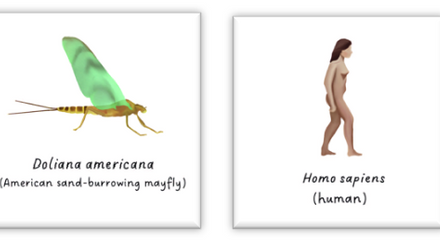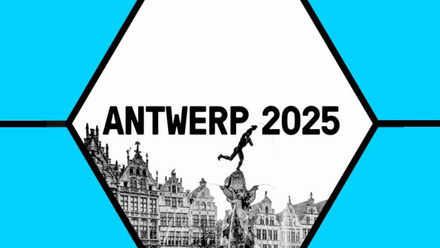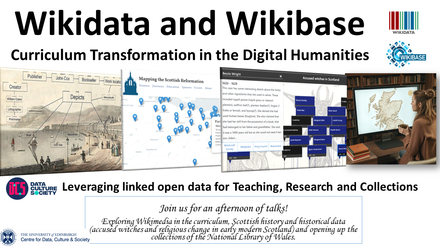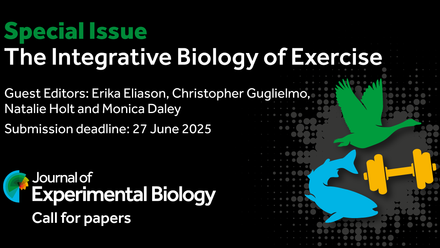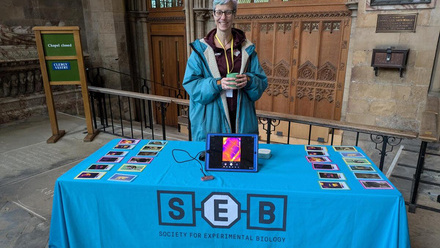The Tape of Life
Summary
With the help of SEB’s Outreach Grant, I created and delivered a public engagement activity called “The Tape of Life” in the form of an interactive stall in Einstein’s Garden at Green Man Festival, Wales, August 2023. The primary activity at the stall sought to convey the diversity of ageing across the animal kingdom through the medium of music. Participants recorded a snippet of them singing into our “lifespan-emulator” (a musical synthesiser) and listened as their “tape of life” sped up, decayed, and echoed to mirror the lifespan, ageing rate, and reproductive curve of several different animal species. We used these musical effects, and associated illustrations of these animals’ ageing curves (in themed cassette-tape cases), as a vehicle to discuss the wide variety in lifespan and ageing in the tree of life.
Further to this, we had a “guess-the-lifespan” activity, where visitors had to place 12 different illustrated animal cards, ranging from the American mayfly to the ocean quahog, in order of increasing lifespan on a large board. We also had a drawing activity, where we encouraged younger visitors to invent their own species and assign it a lifespan.
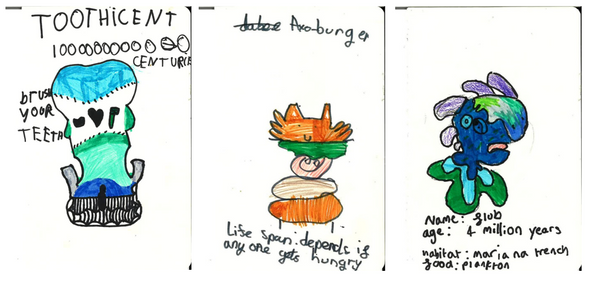
Finally, we had a post-it wall to gauge visitors’ response to a pressing question in ageing research: “is living longer a good thing”? Visitors could select a colour based on their answer (yes/no) and elaborate on the post-it, building a colourful range of responses. Through these activities, we successful delivered on our expected outcomes: teaching visitors about the diversity of ageing in the animal kingdom; introducing them to the idea that lifespan may not be fixed, and ageing may not be inevitable; and asking them to think deeply about the ramifications of ageing research.
We are very grateful to the support provided by the Society for Experimental Biology, and ensured that we advertised the SEB logo and acknowledged its contribution with signs on the stall. We were also successful in obtaining financial support from the GW4 BioMed MRC DTP Flexible Funding Supplement, as well as the Imperial College London Societal Engagement Seed Fund.
Promotional blurb for activity
What would you do if you had 500 years to live? How about 24 hours? Across the animal kingdom, life plays out in very different ways. Some animals live for centuries; others, just a few hours. And not everything ages at the same rate, either – some animals age much faster than others, and some don’t seem to age at all! We might think that ageing is inevitable: a slow disintegration, like a cassette tape over time. But lessons from longer-lived animals show us that this might not be the case. Come and sing your favourite song into our lifespan-emulator and see how the tape of your life would play out differently if you’d been born a fruit fly, or a tortoise, or even an immortal hydra! How long will it play for? How quickly will it fall to pieces? And how have some animals managed to evolve such lengthy lifespans?
Evaluation of success
The story in numbers
In total, we had over 250 visitors to the stall across the weekend, usually spending approximately 10-20 minutes with us in total (depending on how many of our activities they engaged with). Jamie Mathews, a fellow PhD student and music producer, created original sound design for 6 different animal species with 3 varying parameters each. Amaia Alcalde Antón, also a fellow PhD student, created in total 16 original animal drawings to use for the cassette tape covers and the guess-the-lifespan activity. Younger visitors drew a total of 52 invented animal species, with lifespans ranging from milliseconds to millenia. Our “is living longer a good thing?” question drew a total of 47 responses.
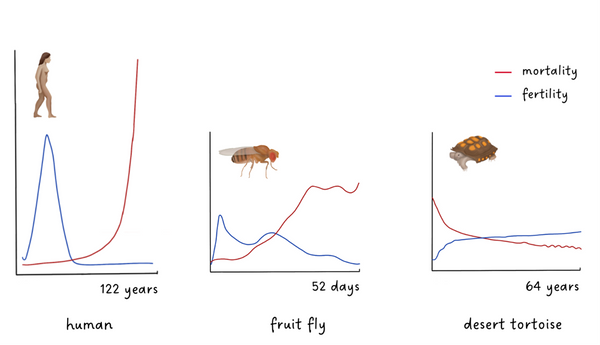
Demographics engaged with
Our main demographic was children between the ages of 5 and 12, often accompanied by their parents (generally 30s-40s). However, visitors came from a range of ages, and engaged with the activity on different levels depending on their interest.
Response to learning outcomes
As stated in our Outreach Grant application, our intended learning outcomes were to showcase the diversity of ageing across the animal kingdom, and to convey the idea that lifespan can vary hugely, and that ageing is not universal. Responses to these outcomes varied depending on demographic. Children were more excited to learn about different animals and their lifespans, and enjoyed playing with the synthesiser; it was clear that they grasped the concepts, but did not necessarily find them as surprising. Adult visitors seemed much more taken aback by the main themes, likely reflective of deep-rooted preconceptions about ageing. Conversations with adults veered more towards the socioeconomic implications of ageing research, and the lengthening of human lifespan.
Overall, facilitators at the stall were impressed by the response from our visitors, with select quotes below:
- “I was impressed with how quickly many children grasped the concepts we were trying to convey (I thought they'd be a bit intimidated by the graphs!) and how they answered my prompts.”
- “The ordering activity was also a big hit. Revealing the lifespan of each animal was frequently followed by big gasps. Ultimately, kids really love learning about animals - adding creatures they might not have heard of (naked mole rat, olm) opened up another dimension of fascination…”
- “One kid wanted to live for centuries if their friend also did. – very cute”
- “Another surprising and very positive thing was seeing kids coming for the third, fourth time and bringing new friends. I remember one of them started explaining things about the hydra to her friends which means she learnt something, that’s pretty cool.”
- “Boy that came back three times with his friends because it was ‘so much fun’ and had to be dragged away at 7.”
- “I had a lot of fun and met a lot of incredibly enthusiastic and bright children. The weekend left me with a great faith in the generations of scientists to come.”
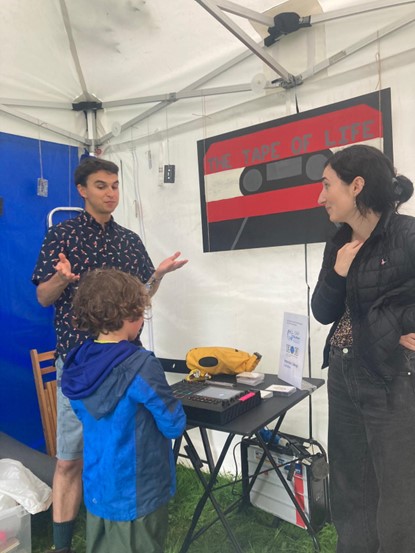
Focused engagement evaluation: opinions on ageing research
We posed a question to visitors, asking them if they viewed a lengthened human lifespan as a positive thing. This question is of particular interest to me as a researcher working on ageing, because of the recent proliferation of biomedical ageing research, and the questions arising about the socioeconomic implications of longer life. Given that humans are already living for longer, most ageing research is justified on the basis of improving the “healthspan”, not the lifespan. However it seems naïve to think that billion-dollar investments into the science of ageing by tech entrepreneurs will not also eventually succeed in prolonging human lifespan past its current limits. Knowing that this outcome is seen as unsavoury by some, I wanted to know the response of the public to the simple question: “Is living longer a good thing?”
Overall, we received 47 responses, with 22 votes for “no”, 17 for “yes”, and 8 for “maybe”. Based on handwriting assessments, the respondents were largely adults, although a few children also cast their vote. The themes for the “No” vote centred around the debilitating impact of ageing, the necessity of death as a meaningful “ending” to life, and concerns about concentration of power, the strain on our planet and resources, and boredom. The themes for the “Yes” vote centred around the opportunity to deepen relationships, the diversity of experiences, and the accumulation of wisdom and knowledge, both on a personal and societal level. These responses gave me much to think about, and I would be interested in expanding this survey to larger audiences.
Involvement of early-career researchers
I recruited a team of fellow PhD students to assist me with content creation and to act as facilitators on the stall. These included several other biology PhD students, as well as a physics student and a clinical psychology student. Thanks to the generous funding contributions, all transport and subsistence costs were fully covered for all volunteers, and the student who created the original artwork was compensated for her work. All of the volunteers have since said that they really enjoyed the weekend, and that it gave them really useful hands-on experience with interactive public engagement, which is critical for career development for postgraduate researchers. I found the experience hugely beneficial for my own development, particularly in honing my leadership and organisational skills, as I managed and coordinated this team in the weeks leading up to the festival and throughout the weekend. Finally, it gave me huge confidence as a science communicator; it was abundantly clear that the activity was a success, with lots of engagement and positive feedback from our audience, and evidence that our learning outcomes had been met.
Activity Worksheet
You can download three of the activities created for this event here:
Social media presence
Instagram:
Handle: https://www.instagram.com/tapeoflifespan/
Blog post on the Bristol Doctoral College blog:
Are you looking for funding to support your outreach project?
Apply for the SEB Outreach Grant.

